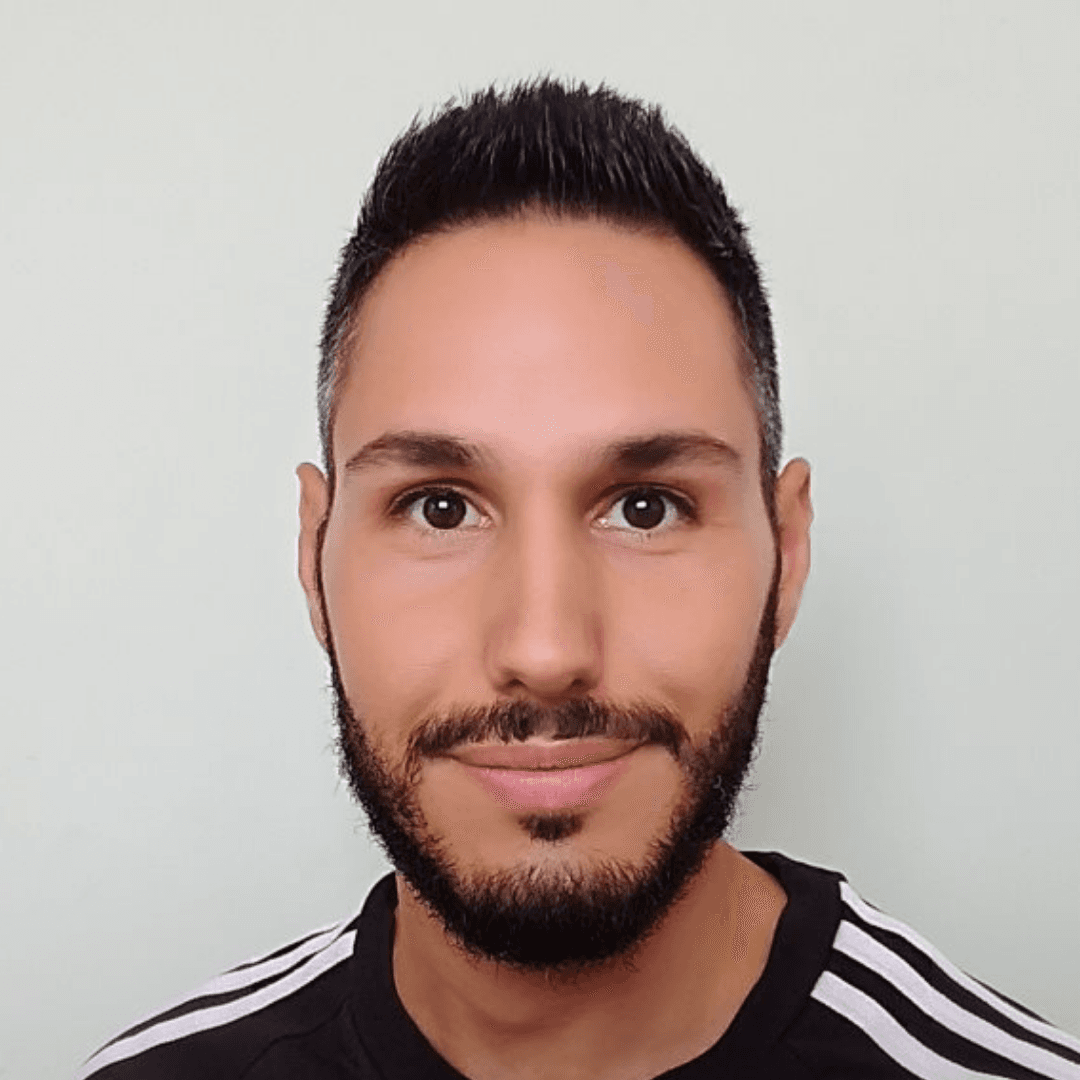A small number of studies have examined the potential efficacy of non-medical glaucoma treatments, including exercise, cannabis, acupuncture, and relaxation techniques.
The effects of exercise on intraocular pressure have been mixed, and seem to depend on the type and intensity of exercise. While marijuana use has been shown to effectively reduce intraocular pressure, its effects are short-lived, requiring dosing of 8–10 times per day for a sustained therapeutic effect. Clear evidence supporting the efficacy of acupuncture and relaxation techniques is lacking.[1][2][3][4]


